Best Film for the Nikon F2
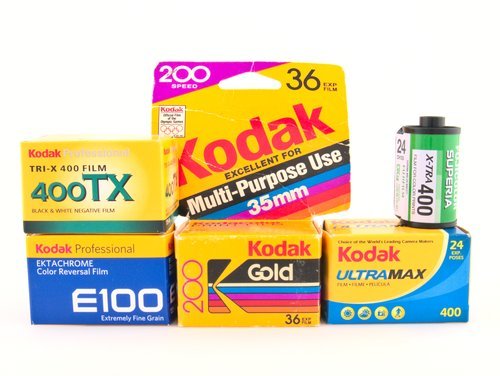
The best film to use in the Nikon F2 is going to depend on the lighting conditions, your lens, and if you want to shoot color or black & white.
Choosing an ISO 400 film or higher speed will enable you to avoid having to haul around a tripod or flash.
If you intend to shoot images indoors or anytime there is low light, ensure that you are using a fast lens. Go read my guide on the 5 Best Lenses for the Nikon F2 for recommendations.
Affiliate Links
Outside the Shot is a participant in the Amazon Services LLC Associates Program, an affiliate advertising program designed to provide a means for sites to earn advertising fees by advertising and linking to Amazon.com.
As an eBay Partner, I may be compensated if you make a purchase. I also participate in affiliate advertising programs with KEH and Adorama. More can be found on the Affiliate Discolsure page.
I have purchased gear from all of these companies and I expect them all to receive repeat business from me.
I’m Rebuilding 🏗️
If the page doesn’t have the answer you’re looking for you can email me at contact AT this domain. That account will be checked on Sundays and Wednesdays.
You can also DM me on Reddit /u/OutsideTheShot or post in /r/OutsideTheShot.
Color Film
Consumer
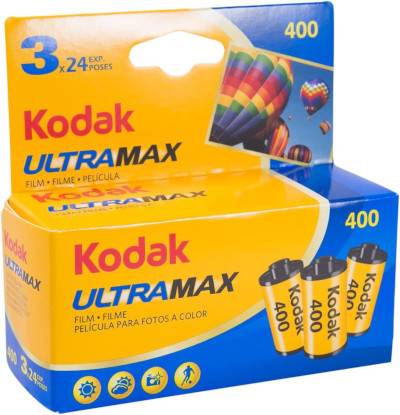
Kodak UltraMax 400 - This film handles a large range of lighting conditions well and is a fantastic pick for a 35mm color film. The film is fast enough so that you should be able to handhold the F2 in most scenarios.
Expect pictures to look slightly warm with pleasant colors.
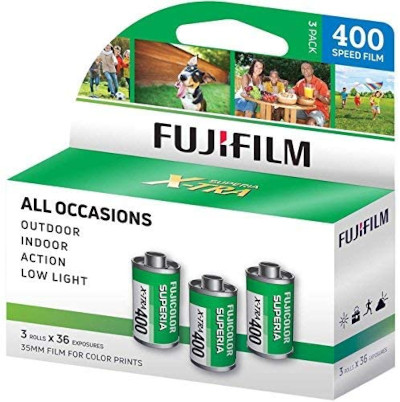
Fujifilm Superia X-TRA ISO 400 - A different option than Kodak that may have far better availability based on what country you are in.
In comparison to Kodak, Fujifilm appears to be a little bit cooler with notable greens and blues.
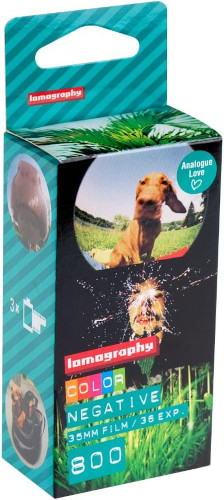
Lomography 800 - If you want an ISO 800 color film, there are not many choices. This happens to be the only film stock focused on consumers.
It can also be bought in the 120 film format, for use in medium format cameras.
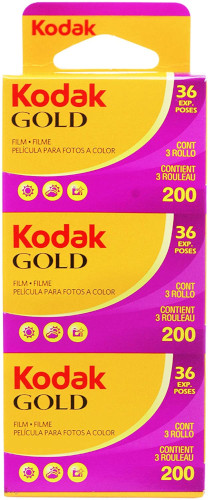
Kodak Gold 200 - A reliable way to get that mid-80s through 90s feeling. Use a flash to get the “nostalgic” look the film is known for.
Over-expose it by 1 or 2-stops to reveal the most popular look the film has to offer. This will help you achieve the fantastic colors everyone loves Kodak Gold for.
Professional
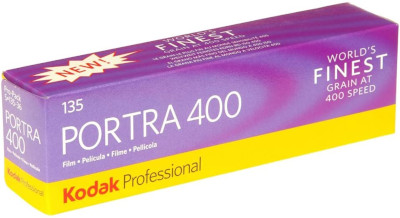
Kodak Portra 400 - Among enthusiasts online, Portra 400 is undoubtedly the most frequently used color negative film. Overexpose the film by 1 or 2-stops to get the appearance the film is highly regarded for.
Portra is also sold in ISO 800 and 160 emulsions. 8x10 sheets, 4x5 sheets, and rolls of 120 are also easily found.
Black and White Film
Consumer
These film emulsions have affordable costs and very good quality, making them favorable to try in the Nikon F2.
The major draw for photography students and budget minded photographers is the reasonable cost. Even if you would not put yourself in those groups, it’s nice to have comparatively cheap rolls of 35 film readily available for testing recently delivered used gear.
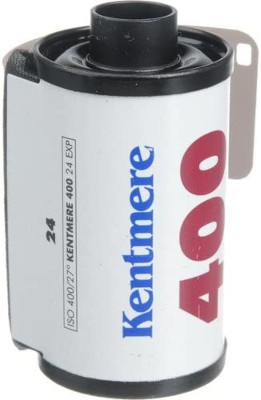
Kentmere 400 - Made by Harmon Technology, which is the parent company of Ilford. This is good due to the fact that allows this to be the most broadly sold 35mm film out of the 3.
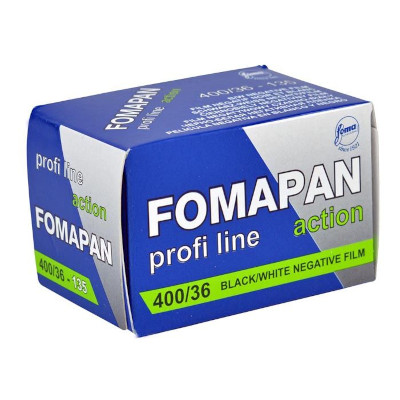
Foma Fomapan 400 Action - It’s less difficult to obtain in Europe as the film is produced in the Czech Republic by Foma Bohemia.
An appropriate 35mm film to use for your initial couple of attempts at film photography or developing film at home. Also a good choice if you happen to be testing out a camera to confirm that it is completely functional.
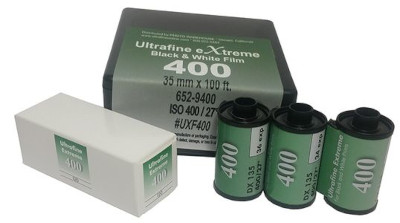
Ultrafine eXtreme 400 - You can get the cheapest price by purchasing it from Ultrafine.
They sell developer kits for film, so if you develop film at home you could have previously done business with them.
Professional
Ilford HP-5 Plus 400 and Kodak Tri-X 400 are the two most frequently used black and white film stocks. They possess quite a few characteristics in common that make them so popular, while retaining individual rendering.
Both emulsions can be pushed 2 stops and provide good quality photographs. A roll of film can be used at ISO 400, 800, or 1600, making them very flexible.
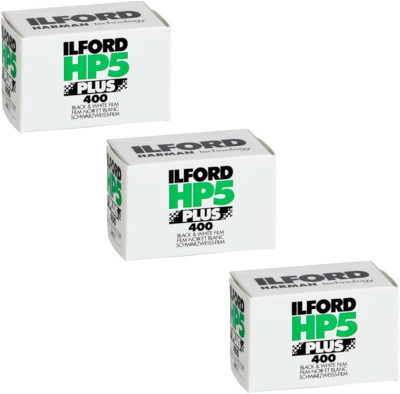
Ilford HP5 Plus 400 - Between the two film stocks, HP5 Plus is less expensive and has less contrast. A lack of contrast can be good because of the fact contrast can be changed when making a darkroom print or during digital processing.
The film has subdued grain and still appears great when pushed 2-stops.
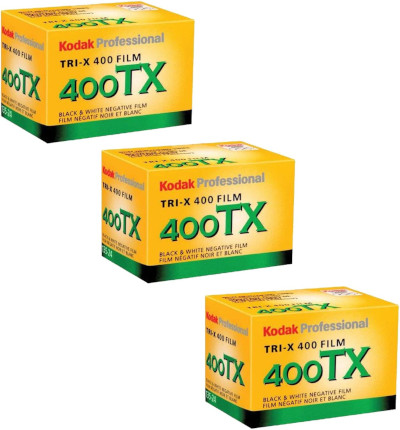
Kodak Tri-X 400 - This film stock has a stronger rendering. To reveal the legendary grain structure, contrast, and look of the film, it needs to be processed in D-76.
Kodak Tri-X 400 without a doubt has higher levels of contrast. That is helpful if it’s the look and feel you will want because it results in considerably less work when during digital processing or making a print.
Slide Film
Slide film, also known as transparency film or reversal film, produces a positive image. That means a projector or lightbox can be used to view the photographs.
Colors are not required to be inverted to be viewed, in contrast to the more commonly available negative film stocks.
Slide films are regarded as difficult to use because slide film has far less dynamic range and latitude when compared to negative film.
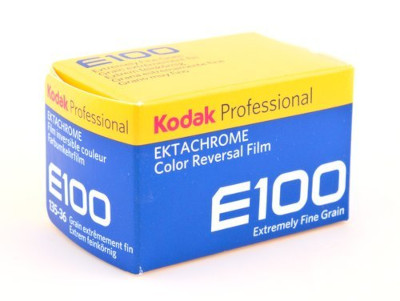
Kodak Ektachrome 100 - This is a fine grain film known for beautiful skin tones. The colors won’t be seen as oversaturated. Ektachrome has been balanced for daylight.
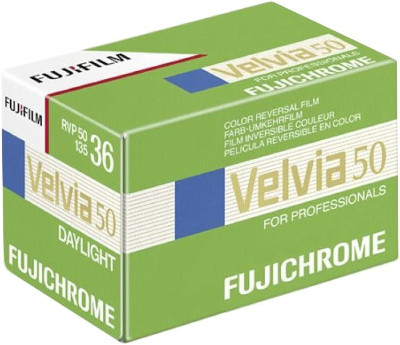
Fujifilm Velvia 50 - This is a exceptionally sharp daylight color balanced film with high levels of saturation and contrast, giving images a distinct rendering. Velvia has the greatest resolving power of any available transparency film emulsion.
An ISO 100 speed is also on the market.
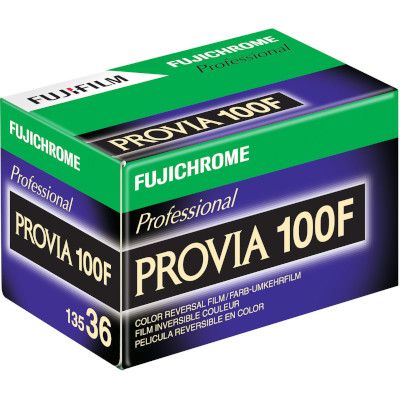
Fujichrome Provia 100F - Produces vibrant and realistic colors with medium contrast and color saturation. It’s a ultrafine grain film with a daylight color balance.
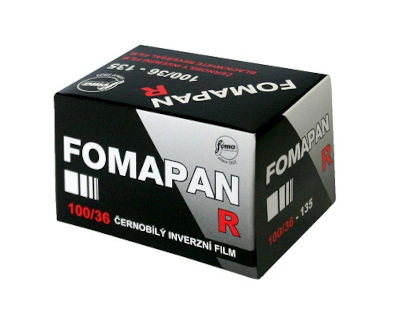
Foma Fomapan R100 - This is a black and white reversal film, noted by Fomapan as having high resolving power, very fine grain, and increased levels of contrast. It is also mentioned as a replacement for the long discontinued Agfa Scala Film Stock.
Film Basics
Consumer vs Professional Film
Professional film stocks cost more because they have a greater dynamic range, are easier to push, and bigger latitude.
There is a difference in where rolls of film can be purchased. Consumer film emulsions can usually still be bought from big-box stores and pharmacies in limited amounts. Pro film will need to be bought from a online or photography store.
ISO
The ISO represents the film speed, which may also be thought of as the film’s light sensitivity.
The higher the ISO of the film, the less light is needed to expose a photo. This comes at the tradeoff of noticeably increased film grain.
ISO 100 and slower speed films (ISO 50, ISO 25, etc) may be quite challenging to use handheld with the F2. The will take more time might take more time than what you’re able to handhold without leading to motion blur unless you’re shooting in full sun.
A tripod, a fast lens, and/or a flash will help you with longer exposure times. Using a high speed ISO 800 or ISO 400 film can make the additional accessories unnecessary.
The ISO dial is marked as ASA on the Nikon F2. The switch to labeling ISO from ASA (American Standards Association) happened after the creation of the International Standards Organization (ISO).
Film Latitude
Film latitude is the number of stops a film can be overexposed while still producing good results. Professional film emulsions have a larger latitude to go along with a somewhat increased cost.
Reversal film has a smaller amount of latitude in comparison with negative film. That is one of the reasons it’s thought of more challenging to shoot.
Dynamic Range
The difference between the darkest and brightest details of a photo is referred to as dynamic range. Sections of a photograph that are not in this range will be seen as black underexposed shadows or white overexposed highlights.
A larger dynamic range is advantageous because a bigger range can make shooting in variable lighting situations easier.
- Digital cameras 14+ stops
- Negative film up to 13 stops
- Slide film 6-8 stops
Transparency film is considered to be a challenge to shoot resulting from the constrained dynamic range. An excellent time to try it out would be during the golden hour.
Film Type
The Nikon F2 uses 35mm film that is in canisters. It can also be described as 135 film, and it’s the most often used type of film.
The only other film format you are going to encounter is 120 or 220 film that is used with medium format cameras}.
One of the marvelous things about film is that you can change the film emulsion you use and get a unique look to your photographs.
DX Coded Film
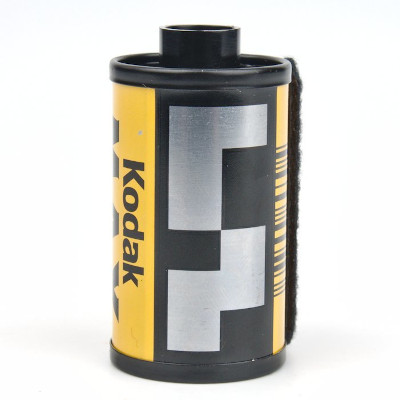
Just about all available 35mm film for sale at this time has DX encoding. This allows cameras to auto detect and set the ISO when the canister is loaded into the camera.
DX-coding won’t change anything for the Nikon F2 because ISO must be manually selected with the ASA knob.
Nikon F2 Resources
Where to Get 35mm Film Developed?
There are a variety of possible choices for where to have 35mm film processed. For a more thorough discussion of the options take a look at my guide on Where to Develop Film.
WARNING: Film is not processed on site at big box stores and pharmacies. They send the film off-site to be developed by a third party. Consequently, you won’t receive your processed negatives back.
- Develop Film at Home
- Use a Local Photography Lab
- Use a Mail Order Photo Lab
- Pharmacy or Big Box Store
Shipping film to a mail-order photo lab to be developed and scanned is the most straightforward option if you’re just beginning to use film. If you consistently use film, this might be a disadvantage because it can get expensive.
There are a couple of activities that can be done to reduce the costs required to shoot film, as long as you’re using a moderate to high volume of film.
Bulk Loading Film
Ordering a roll of 100 feet of film and manually loading in into canisters yourself is certainly one of the common options to get a better price.
A 100 foot roll of film should load about 18 rolls of film containing 36 exposures. Depending on the film you can expect to save 20%-30%.
Be aware that you’re limited to 100’ rolls of black and white film. This is due to the fact black & white film is less difficult and more cost-effective to develop at home.
Home Developing and Scanning
You have the ability to develop and scan any film yourself. In fact it’s an excellent option to reduce costs so that you can shoot more film with your Nikon F2.
Black & white film is by far the least complicated to process. Developer temperature and development times are both not as vital to do correctly with black and white film as time and temperatures are for transparency or color negative.